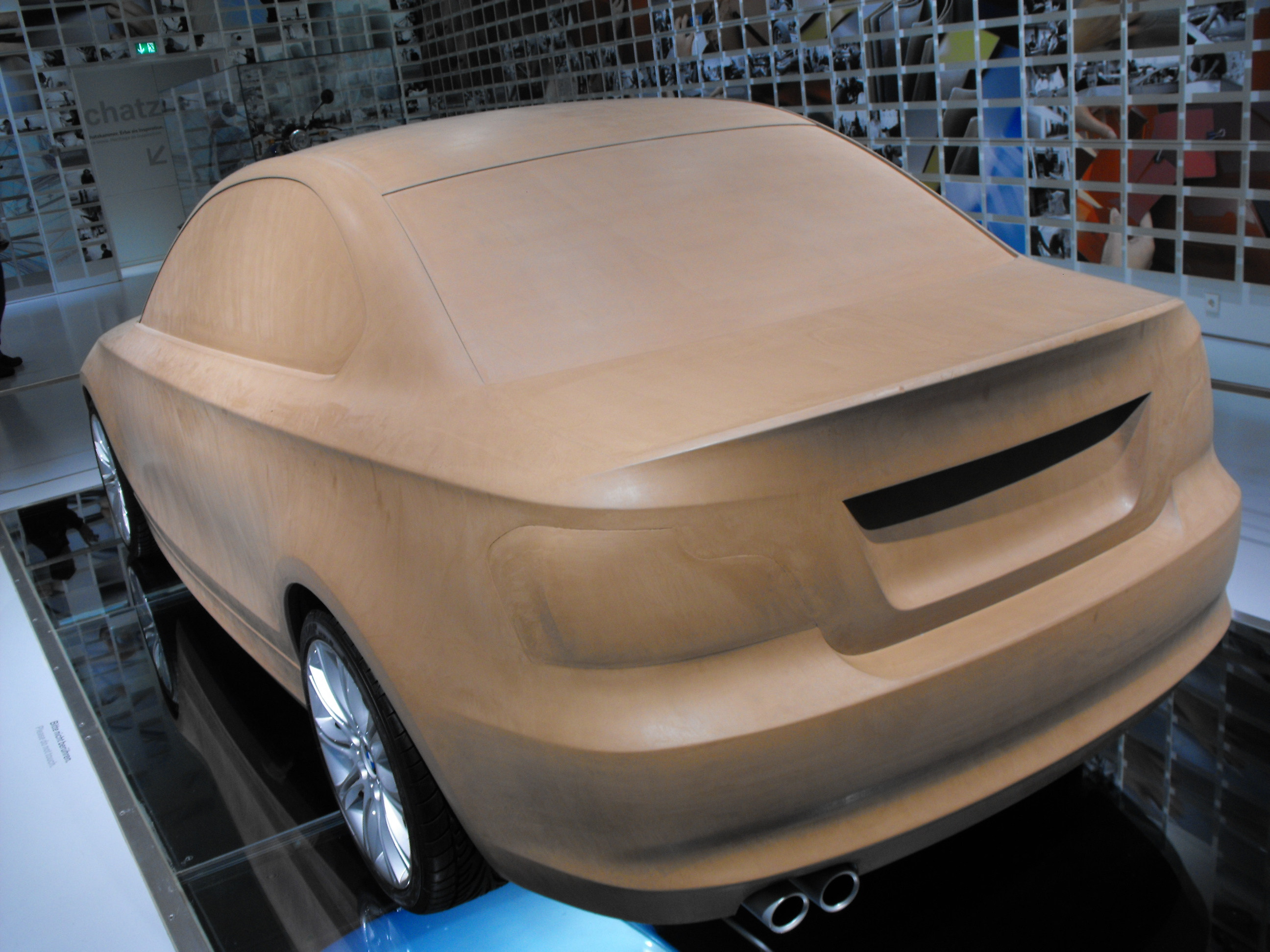Modelling clay on:
[Wikipedia]
[Google]
[Amazon]



 Modelling clay or modelling compound is any of a group of malleable substances used in building and sculpting. The material compositions and production processes vary considerably.
Modelling clay or modelling compound is any of a group of malleable substances used in building and sculpting. The material compositions and production processes vary considerably.




 Modelling clay or modelling compound is any of a group of malleable substances used in building and sculpting. The material compositions and production processes vary considerably.
Modelling clay or modelling compound is any of a group of malleable substances used in building and sculpting. The material compositions and production processes vary considerably.
Ceramic clay
Ceramic clays are water-based substances made from clay minerals and other raw materials. They are baked at high temperatures in a process known as firing to createceramic
A ceramic is any of the various hard, brittle, heat-resistant, and corrosion-resistant materials made by shaping and then firing an inorganic, nonmetallic material, such as clay, at a high temperature. Common examples are earthenware, porcela ...
s, such as terra cotta, earthenware
Earthenware is glazed or unglazed Vitrification#Ceramics, nonvitreous pottery that has normally been fired below . Basic earthenware, often called terracotta, absorbs liquids such as water. However, earthenware can be made impervious to liquids ...
, stoneware
Stoneware is a broad class of pottery fired at a relatively high temperature, to be impervious to water. A modern definition is a Vitrification#Ceramics, vitreous or semi-vitreous ceramic made primarily from stoneware clay or non-refractory fire ...
, and porcelain
Porcelain (), also called china, is a ceramic material made by heating Industrial mineral, raw materials, generally including kaolinite, in a kiln to temperatures between . The greater strength and translucence of porcelain, relative to oth ...
. Paper clay produced by pottery clay manufacturers is a clay body to which a small percentage of processed cellulose fiber has been added. When kiln-fired, the paper burns out, leaving the clay body. Consequently, the firing temperatures and glazes selection should be the same on those used with the clay body.

Oil-based clay
Oil-based clays are made from combinations of oils, waxes, and clay minerals. Unlike water, the oils do not evaporate and oil-based clays remain malleable even when left in dry environments for long periods. Articles made from oil-based clays cannot be fired, and thus are not ceramics. Because rising temperature decreases oilviscosity
Viscosity is a measure of a fluid's rate-dependent drag (physics), resistance to a change in shape or to movement of its neighboring portions relative to one another. For liquids, it corresponds to the informal concept of ''thickness''; for e ...
, the malleability is influenced by heating or cooling the clay. Oil-based clay is not water-soluble. As it can be re-used, it is a material commonly used by stop motion animators who need to bend and move their models. It is available in a multitude of colors and is non-toxic. Readily worked in fine detail, oil-based clays are also suitable for the creation of detailed sculptures from which molds can be made. Casting
Casting is a manufacturing process in which a liquid material is usually poured into a mold, which contains a hollow cavity of the desired shape, and then allowed to solidify. The solidified part is also known as a casting, which is ejected or ...
s and reproductions can then be produced from much more durable materials. Cars and airplanes may be created using industrial design-grade modelling clay.
Oil-based clays are referred to by multiple of genericized trademarks.
* ''Plastilin'' (or Plasteline), which was patented in Germany
Germany, officially the Federal Republic of Germany, is a country in Central Europe. It lies between the Baltic Sea and the North Sea to the north and the Alps to the south. Its sixteen States of Germany, constituent states have a total popu ...
by Franz Kolb in 1880, was developed by Claude Chavant in 1892 and trademarked in 1927.
* '' Plasticine'' was invented in 1897 by William Harbutt of Bathampton, England.
* '' Plastilina'' is trademarked as ''Roma Plastilina'' by Sculpture House, Inc. According to their website, their formula is 100 years old. Roma Plastilina contains sulfur, and since certain moldmaking compounds do not set in sulfur's presence, making molds of items made of industrial plasticine is difficult.
Polymer clay
Polymer clay is a modelling material that cures when heated from for 15 minutes per of thickness, and does not significantly shrink or change shape during the process. Despite being called "clay", it generally contains no clay minerals. Polymer clay is sold in craft, hobby, and art stores, and is used by artists, hobbyists, and children. Polymer clay is used in animation, since it allows static forms to be manipulated frame after frame. Leading brands of polymer clay include Fimo, Kato Polyclay, Sculpey, Modello and Crafty Argentina.Paper clay
Paper clay is handmade or commercially available clay to which a small percentage of processed cellulose fiber is added. The fiber increases the tensile strength of the dry clay and enables dry-to-dry and wet-to-dry joins. Commercial paper clays air-dry to a firm, lightweight sculpture, with minimal shrinking during the drying process. Paper clay can be used as an unfired body in craft and doll-making. It is used in ceramic art studios as sculptural and functional studio pottery.See also
* Borax * Clay (industrial plasticine) * Clay#Uses * Gypsum * Industrial plasticine * Paper clay * Papier-mâché, rigid-setting construction material made of paper and a wet paste * Plaster mold casting * Plasticine *Putty
PuTTY () is a free and open-source terminal emulator, serial console and network file transfer application. It supports several network protocols, including SCP, SSH, Telnet, rlogin, and raw socket connection. It can also connect to a se ...
* Salt dough, used for modelling (such as Play-Doh)
References
{{DEFAULTSORT:Modeling Clay Craft materials Sculpture materials